This short book, a miniature encyclopedia about the initial public offering (IPO), provides a survey of the field, perhaps best suited for those who are new to the subject. Even though some of his sentences are a bit tangled, getAbstract finds that author Richard P. Kleeburg provides a handy, iceberg-tips introduction to the complexities surrounding IPOs, including a rundown of their advantages and disadvantages, key players and business requirements. He includes a useful bibliography for those who want to take the next step into a deeper understanding of the field.
The C Corporation
In an initial public offering (IPO), a privately held company decides to sell its stock to the public. This usually involves a structural transformation. In the U.S., the partnership, sole proprietorship or other structure that prevailed while the firm was a private entity usually gives way to a structure known as a “C corporation,” which may have any number of shareholders. The shareholders’ sale of shares is not restricted and they are not personally liable for the corporation’s actions. The corporation is, in effect, a legal person that can survive many generations of shareholders. Usually, shareholders do not manage a C corporation directly. Instead, they elect a board of directors to manage it on their behalf. The exception is the “close corporation,” in which shareholders have management responsibilities and serve on the board.
C corporations must file income tax returns, unlike S corporations, some partnerships and other corporate structures. The C corporation’s profits actually are subject to double taxation. First, the corporation pays tax on its profits and distributes the remainder to shareholders as dividends. Then the shareholders pay...
Richard B. Kleeburg, C.M.A., M.B.A., J.D., Ph.D. is an internal auditor for a California mortgage. He is cited in the 2004-2005 Who’s Who in Finance and Business.











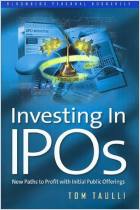
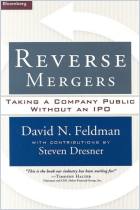
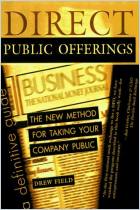
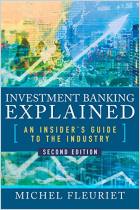
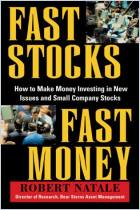




Comment on this summary or 开始讨论